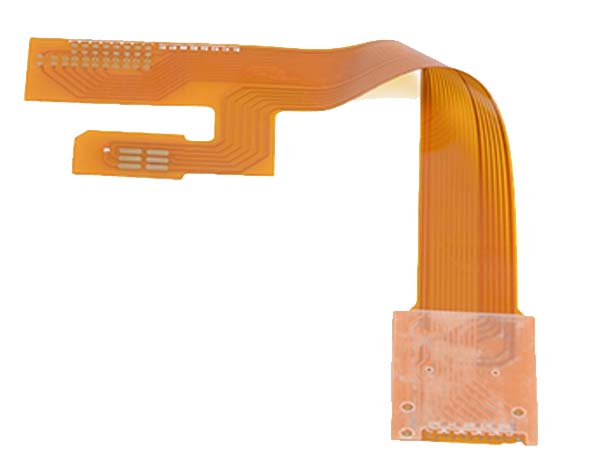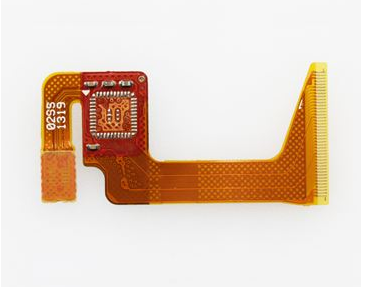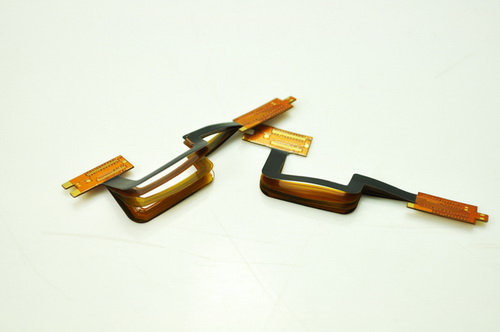Flex pcb hersteller
1. Flex Ltd.
2. Jabil Inc.
3. Sanmina Corporation
4. TTM Technologies
5. Multek Corporation
6. Advanced Circuits
7. Sierra Circuits
8. All Flex Inc.
9. Epec Engineered Technologies
10. Firan Technology Group
It is important to choose a reliable and experienced manufacturer who can provide high-quality flex PCBs that meet your specific requirements.
Factors to consider when choosing a flex PCB manufacturer include their expertise, production capabilities,
quality control measures, certifications, and customer support.

types of flex pcb hersteller
There are several types of flex PCBs that can be manufactured by flex PCB manufacturers.
Some of the common types of flex PCBs are:
1. Single-sided flex PCBs:
These are the simplest type of flex PCBs, with a single layer of conductive material on a flexible substrate.
2. Double-sided flex PCBs:
These have two layers of conductive material on a flexible substrate, with vias connecting the layers.
3. Multi-layer flex PCBs:
These have three or more layers of conductive material on a flexible substrate, with vias connecting the layers.
4. Rigid-flex PCBs:
These combine the flexibility of a flex PCB with the rigidity of a traditional PCB, using both flexible and rigid substrates.
5. Sculptured flex PCBs:
These have a non-planar shape, with curves or bends in the flexible substrate to fit specific applications.
6. Stacked flex PCBs:
These have multiple layers of flexible substrates stacked on top of each other, with vias connecting the layers.
Flex PCB manufacturers can produce these types of flex PCBs in various sizes, shapes,
and configurations to meet the specific needs of their customers.

flex pcb current carrying capacity
The current carrying capacity of a flex PCB depends on various factors such as the thickness and width of the copper traces,
the type of substrate material used, and the ambient temperature.
Generally, the current carrying capacity of a flex PCB is lower than that of a rigid PCB due to the thinner copper traces and the limited heat dissipation capability of the flexible substrate.
To determine the current carrying capacity of a flex PCB, you can use the IPC-2223 standard,
which provides guidelines for calculating the maximum current density of a PCB based on its trace width and thickness.
However, it is recommended to consult with a PCB manufacturer or engineer to ensure that the flex PCB can handle the required current without overheating or causing any damage.

How to test the current carrying capacity of the soft board
To test the current carrying capacity of a flex PCB (soft board), you can follow these steps:
1. Determine the maximum current that the flex PCB is expected to carry based on the circuit design and specifications.
2. Use a multimeter to measure the resistance of the copper traces on the flex PCB.
This will give you an idea of the trace thickness and width, which can help you estimate the current carrying capacity.
3. Apply a known current to the flex PCB using a power supply or current source.
Start with a low current and gradually increase it until you reach the expected maximum current.
4. Monitor the temperature of the flex PCB using a thermal camera or a temperature sensor.
If the temperature exceeds the maximum operating temperature of the substrate material,
it may indicate that the current carrying capacity has been exceeded.
5. Check for any signs of damage or deformation on the flex PCB after the test.
If the traces have melted or the substrate has warped, it may indicate that the current carrying capacity was too high.
It is important to note that testing the current carrying capacity of a flex PCB can be challenging due to the flexible nature of the substrate and the limited heat dissipation capability.
Therefore, it is recommended to consult with a PCB manufacturer or engineer to ensure that the flex PCB can handle the required current without any issues.







